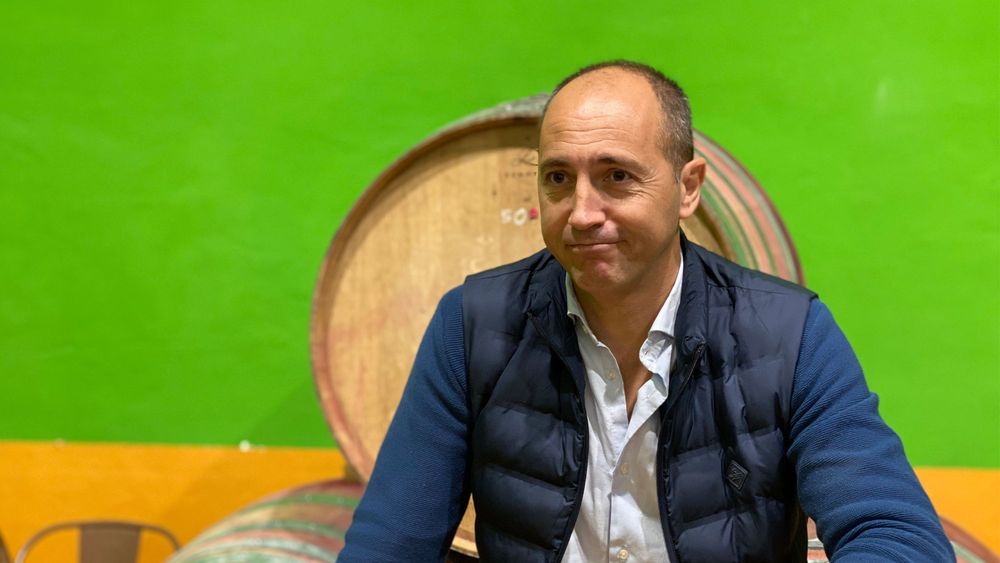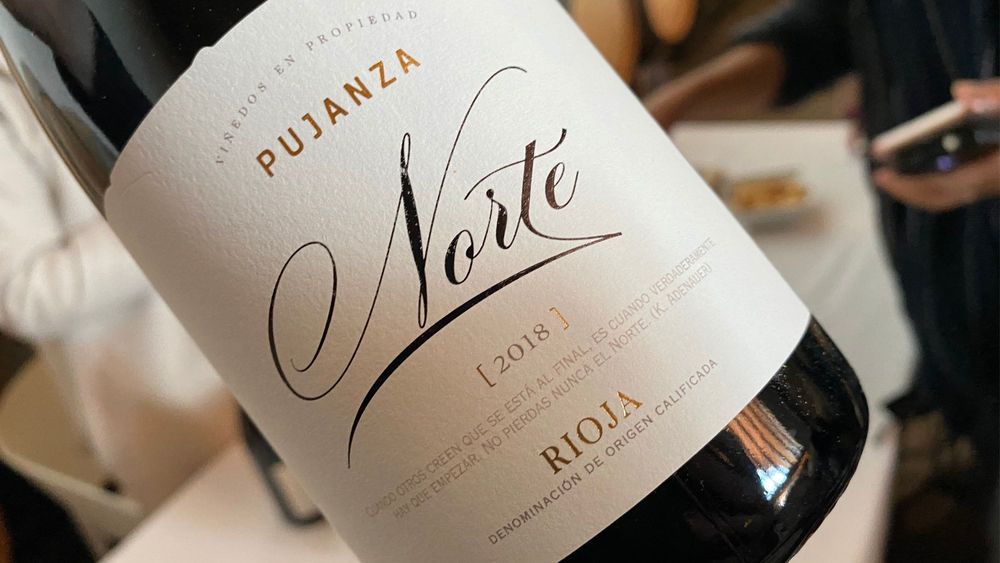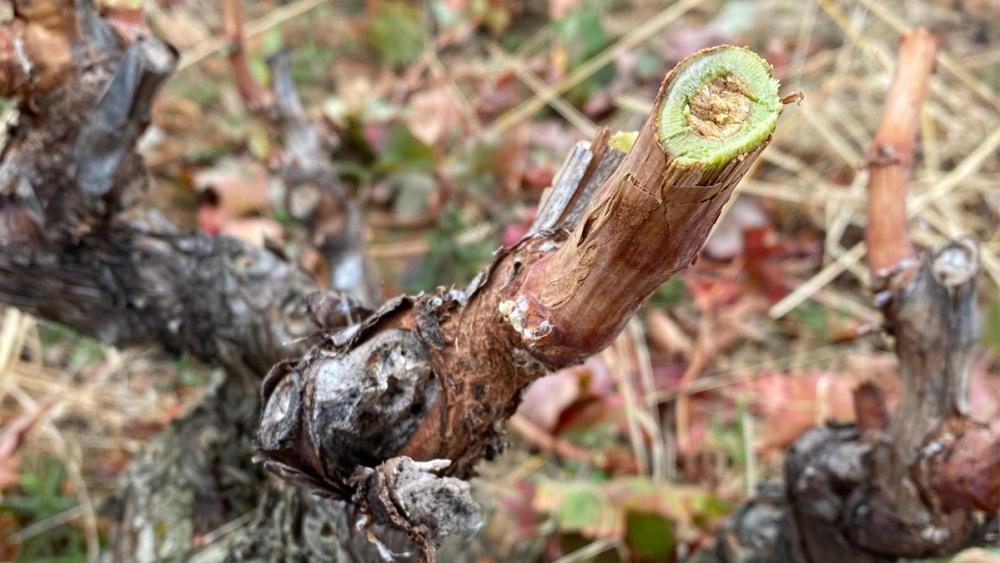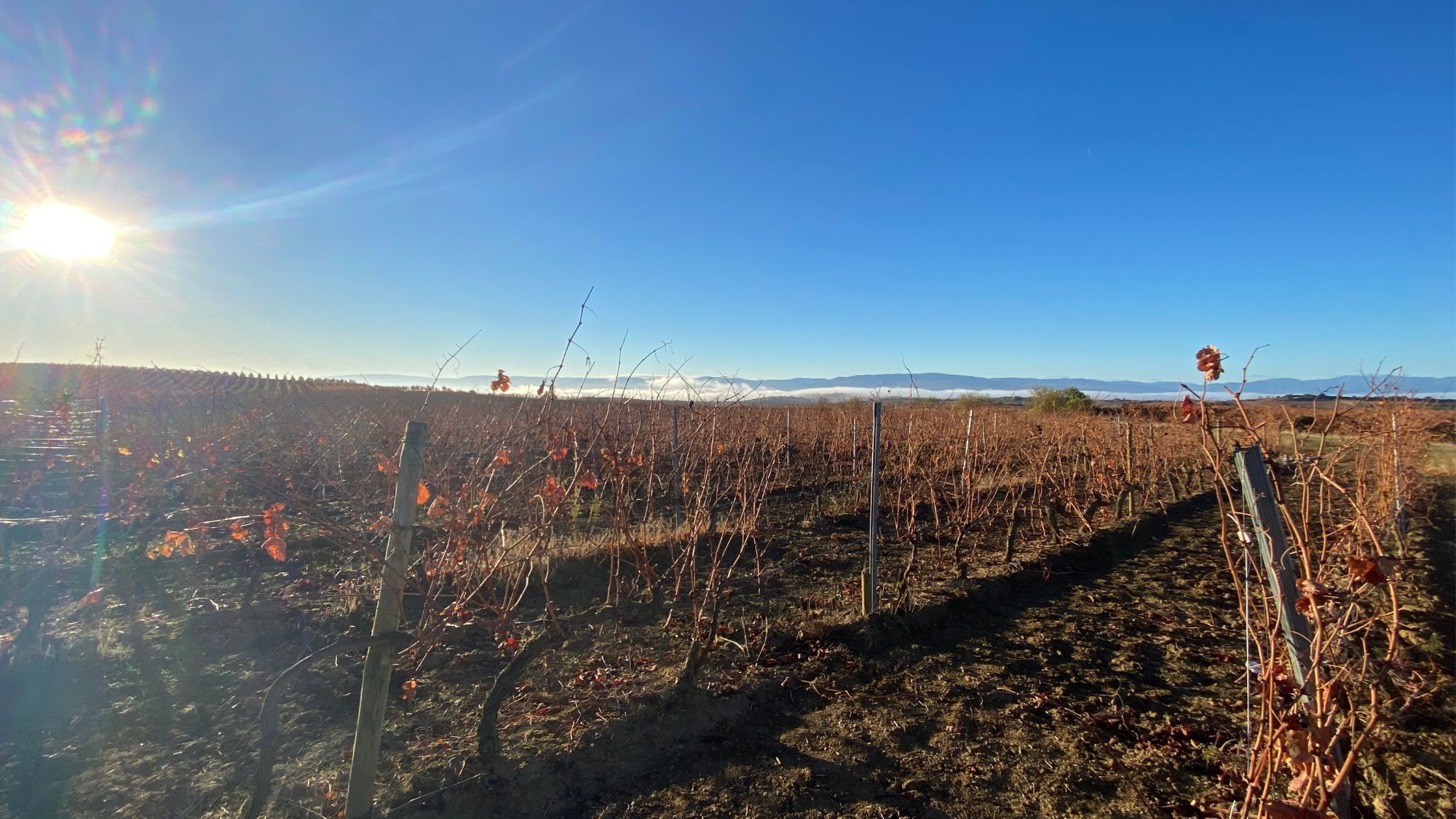“The use of a Viñedos Singulares category has also allowed a new generation of winemakers to not only achieve impressive results in the bottle, but also in the marketplace,” writes Turner.

From a consumer point of view these are exciting times in Rioja
Unleashing the uniqueness of the Viñedos Singulares
Viñedos Singulares, or single vineyard wines, is the fourth category introduced by the Consorzio in 2017, and a category that is finding favour the world over, as this new labelling option allows for producers to bottle the uniqueness of their vines in the best of their plots.
The rules around Viñedos Singulares start off the same as with Zones and Municipalities, with the plot required to be managed by the same team for over 10 years, and for vinification, ageing, storage and bottling to all take place within the same winery. But there are extra rules designed at tightening the quality standards even further. The vineyard plot itself must be registered at government level, with vines at least 35 years old.
Viticulture within these plots must also follow increasingly sound environmental practices, with many producers choosing to follow organic methods. Harvest yields for both red and white are reduced, and juice yields from those grapes are also reduced compared to standard DOCa rules. Finally, the wine must pass a double qualitative analysis with the second analysis requiring an ‘excellent’ rating. It’s clearly not a process you enter into lightly.

Finca Vistahermosa’s David Inchaurraga: the new category has facilitated this grower’s move into increased production
New names coming to the fore
The introduction of Viñedos Singulares wines to Rioja looks to have started well. In Decanter’s Rioja Report 2022, the panel tasted 30 Viñedos Singulares from the 2017 vintage (the first allowed) and the team of Sarah Jane Evans MW, Pedro Ballesteros Torres MW, and Yolanda Ortiz de Arri Izarra awarded 93 points or more to no less than 19 of those wines submitted. We’re seeing genuinely unique wines being produced across this category.
As the panel pointed out, one of the more intriguing aspects of this exercise was that these wines were less well known and from less well-known producers, but increasingly fashionable areas of Rioja. David Inchaurraga runs Finca Vistahermosa in La Villa de Ocòn which is located in the Rioja Oriental zone. It has a strong reputation in the region as a source of fabulous grapes from the region’s largest collection of old vine Garnacha vines.
“We’re still probably more of a grower than a producer,” states Inchaurraga. “We sell grapes to the big names of Rioja Alta and Rioja Alavesa who are after high quality, old vine Garnacha. They know the quality of our fruit. But we have slowly begun to increase our own production under our own label, and using the Viñedos Singulares ruling allows us to promote those unique vineyards.”
The estate’s 2020 Cuesta de la Estrella, from 50-year-old Garnacha vineyards, would previously have to be released under the generic Cosecha label – use of 500L and 1000L barrels for the 12 months élévage wouldn’t allow anything else – but having the ability to market this wine as something special does help them stand out now.

Bodegas Pujanza’s impressive El Norte Viñedos Singulares
Not necessarily a new concept
For some producers, their background gives them a competitive edge. Head winemaker and owner of Bodegas Pujanza, Carlos San Pedro, used to buy and sell vineyards for a living. The different elements of vineyards that make them so special and unique has always been evident to San Pedro, and that keen insight has seen the producer amass an impressive selection of single vineyard expressions in his portfolio. Local knowledge goes a long way.
The ‘El Norte’ vineyard in Laguardia sits at an impressive 720m, with clay-limestone soils and calcerous stones. Although not yet an official Viñedos Singulares as it’s slightly too young, the specific terroir gives excellent ripening conditions for the Tempranillo planted across the 2.7 hectares and the single vineyard ethos is followed even now before official labelling is allowed. Also in Laguardia sits San Pedro’s ‘San Juan de Anteportalatina’ vineyard, an old vine Viura plot of 1.5 hectares and an official Viñedos Singulares. Lower down at 600m, but with higher limestone content, the wine from this plot gets an extra burst of minerality and freshness.

The wines of Bodegas Altún are definitely ‘ones to watch’, says Turner
Time to shine for the next generation
The use of a Viñedos Singulares category has also allowed a new generation of winemakers to not only achieve impressive results in the bottle, but also in the marketplace. Iker Martínez Pangua runs Bodegas Altún with his brother Alberto. Their grandfather, José Antonio Martínez, started looking for vineyards in 1989 and the young brothers now manage 49 hectares of land across Baños de Ebro, Laguardia, Elciego and San Vicente de la Sonsierra. From the 23 different plots, they have created a range of village and single vineyard wines, although not yet officially labelled.
Interestingly, they have even begun the (completely unofficial) process of splitting their single vineyards between Premier Cru and Grand Cru sites, a natural progression for any single vineyard system. This has come to even more attention in recent months after Tim Atkin MW’s award of 100 points to Artuke’s 2020 La Condenada, a Grand Cru site in all but name.
The brothers’ ethos to allow the fruit from each vineyard to express itself has led them to use carbonic maceration for all their wines, and place huge importance on organic and sustainable practices. The ‘La Cicatera’ vineyard is 1.9 hectares in Baños de Ebro, one of the estate’s ‘Premier Cru’ sites, is 100% Garnacha and evokes wonderfully perfumed and mouth-filling floral and concentrated red fruit notes. Its ‘Grand Cru’ Everest site, on the other hand, is 100% old vine Tempranillo, from the 0.96 hectares ‘La Choza’ vineyard, also in Baños de Ebro. Different soils, gradients, and grape variety this time offer brooding dark fruits, spicy black pepper, and luscious dark chocolate. These are two wonderfully different wines from the same municipality that can, since 2017, officially promote that difference.

Bodegas Roda’s Victor Charcán surveys the vineyards near Haro
It’s not for everyone
There will, as with all initiatives, be things that not all can agree with. Many producers or grape growers have rejected the need to go through the painstaking process of registering the vineyards with the government. Others have pointed towards the increasingly strict vineyard practices and yield reductions as a reason to stay away for now. There are even calls that more attention and effort should go towards perfecting the Vino de Municipio category rather than Viñedos Singulares.
For some other winemakers who are staying away from registering single vineyards, it’s a decision that has more to do with winemaking itself.
“We make a lot of single vineyard wines, and then we blend them,” states Victor Charcán sales director at Bodegas Roda in Haro. “There is no law saying that one single vineyard must be better than a blend of single vineyards.” This seems to be a trend from the larger, well-known producers, who are both confident of their current portfolios, confident in their blending expertise and, crucially, have the option to wait and see how the market and the consumers react to Viñedos Singulares.
There are also unforeseen consequences. To mirror many areas around the world, the better sites are seeing vineyard prices skyrocket. Luis Guëmes is the general manager of Bodega 202, a relatively recent addition to the Rioja family, that has seen this first-hand.
“We came in with a vision to make high quality wines from our own old-vine sites,” recalled Guëmes. “We’ve managed to do well and find and acquire sites we’re proud of, but it’s increasingly tough to buy land, especially old vines. It’s either that many owners of old vine land are emotionally attached to them or that the competition from other producers for those plots is increasing. The average price of vineyards was €68k per hectare in the mid-2000s. 15 to 20 years on, we’re now looking at around €120k per hectare.”
The consumer has the final say
The future of Viñedos Singulares, and of course how it develops, is going to depend squarely on how receptive wine drinkers and retailers are to the new category. We have been increasingly led to believe by producers that single vineyard expressions produce the “most unique and interesting wines around”. Of course, that’s not always strictly true. As one Rioja winemaker was quoted in Wines of Northern Spain, “a bad single vineyard wine will still be a bad wine.”
And this is where ‘the fun’ will be in the coming years in Rioja.
Producers and consumers alike will be challenged to find the best sites, to sort the wheat from the chaff, and potentially to declare (either officially or unofficially) the Premier and Grand Cru sites across the 100km of diversity. It’s not too much of a stretch to see that this really has the potential to thrust Rioja even further onto the fine wine map, and potentially take its place on the trading markets alongside the likes of Bordeaux, Napa, and Burgundy. Wine investment funds will be watching on with interest.

Newly pruned Garnacha vines in Rioja Oriental ready for the year to come
The future is bright
The new marketing message coming out of the Consejo, that Rioja represents 100kms of Diversity, has never been more apparent. The region is full of talented and enthusiastic winemakers that are showing a range of wines from the traditional ‘wines of style’ to the modern ‘wines of site’, and all that lies between.
The new geographically based legislation from 2017 is by no means perfect, but what is clear is that, across the labels of Vinos de Zona, Vinos De Municipio, and Viñedos Singulares, the DOCa has given producers the opportunity to explore their wines, vines and terroir in the way they want to and still be part of the Rioja family – when before 2017 they may have felt they were on its fringes.
From a consumer point of view, these are exciting times. Those of you wedded to the idea of Rioja as wines of style and ageing requirements will still be well satisfied by the same great wineries producing those classic wine styles. Those of you looking for something new will be able to watch the terroir-driven winemaking develop over the coming years, and never run out of new and exciting wines to try. It’s a great time to be a Rioja drinker.
Get to know Rioja better
On Wednesday 21st June 2023, Rioja Wine UK will host an unique event at a London 5-star hotel where members of the trade can spend a day immersed in the rich culture and heritage of Rioja – there will be a chance to taste some of the region’s finest wines as well as a busy schedule of educational masterclasses hosted by some of the most renowned Rioja wine experts. For more information click here.
For more information about the Rioja DOCa, please contact the team at Phipps PR (rhian.rosser@thisisphipps.com)
Mike Turner is a freelance writer, presenter, educator and regular contributor for The Buyer. He also runs a wine events and ecommerce business, Feel Good Grapes (www.feelgoodgrapes.com), that explores and discusses the idea of sustainability in the wine trade.






























